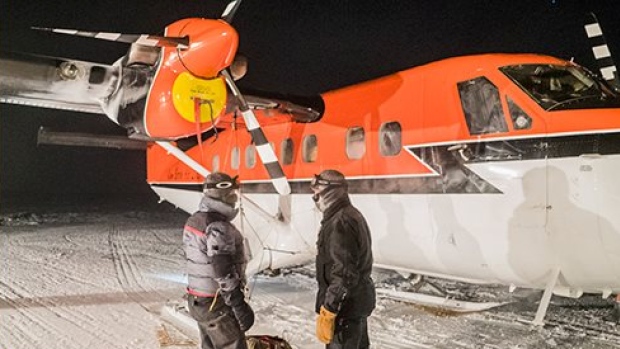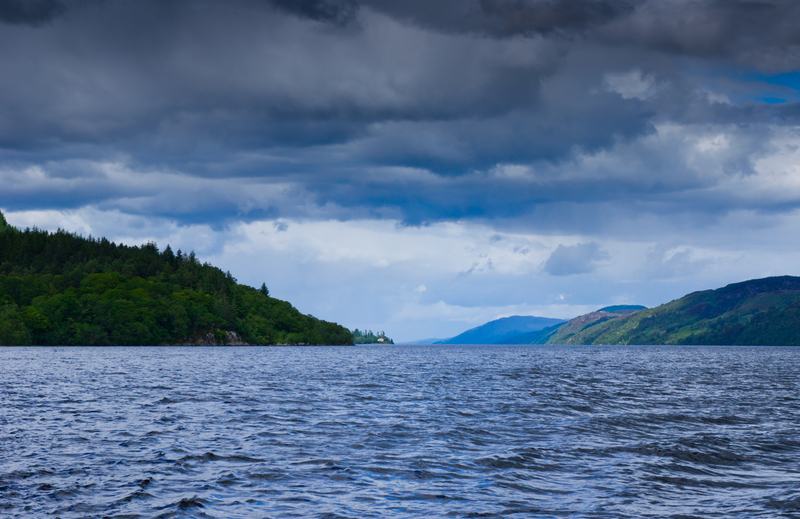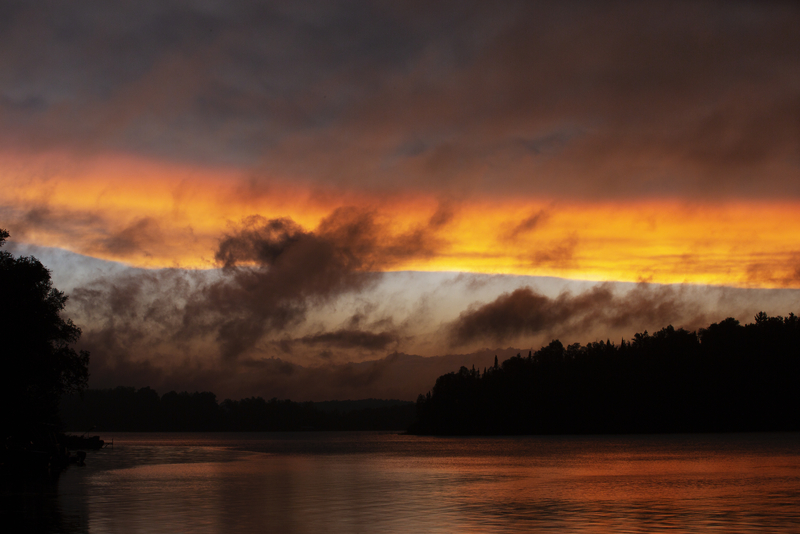There are remote places on this planet.
Then there's Antarctica.
And then there's the South Pole.
Located approximately dead centre of the coldest, most sparsely populated continent on Earth, the South Pole is a unique place. There, winter and night are essentially the same thing. That's because there is basically only a six-month "day" (or time when the sun is up), followed by a six-month "night". Once the sun sets on the South Pole, you'd better get used to it not being around for a while. You should also get used to -60ºC (-76ºF) temperatures — so cold that exposed skin can freeze within seconds.
All of which is to say that between the total darkness and the extreme cold, the South Pole during its winter (which is happening right now) isn't an easy place to get in or out off.
But that's exactly what a plane from a company in Calgary is doing.
Too sick to stay
The Amundsen-Scott South Pole station is a permanent American research station. Though it can have around 200 residents over the summer, its winter population is currently 48. Unfortunately, two of those people recently became very sick. There is a doctor on staff, but their conditions require "off continent" attention. In other words, there isn't a hospital in Antarctica that is fit to help them. The only problem is that flights to and from the base are usually suspended between February and October due to the weather and darkness. But this is an emergency. So who you gonna call?
I'm not sure how you were going to answer that question, but the correct answer is "twin otter".
No, not you two! (Although OMG that would be adorable...)
The right plane for the job
In this case, twin otter refers to the de Havilland Canada DHC-6 Twin Otter airplane. The Twin Otter is a 19-passenger specialty plane perfect for these unique circumstances. It's a short takeoff and landing, or STOL, plane, which is ideal for places with unique runways, such as beaches, or in the Amundsen-Scott base's case, a long sheet of compacted snow. For this mission, the plane will be outfitted with skis instead of landing gear.
The plane, operated by Calgary company Kenn Borek Air, left that city on Tuesday, June 14 on their way toward Antarctica. But because these are a) short-range planes that are b) travelling to a place with dangerous weather, this trip hasn't been like your average around-the-world commercial airline journey. It must be made in short trips when the conditions are just right.
Rescue nearly complete
After staying in the nearby South American country of Chile to wait out bad weather, the crew made it to a British Antarctic base called Rothera this past Monday, before finally arriving at the South Pole base on Tuesday, June 21. By Wednesday afternoon, the crew had returned to Rothera with both of the sick patients from the Amundsen-Scott base. "The operation is going according to plan," stated Paul Seagrove of the British Antarctic Survey which runs the Rothera Base.
You might be wondering why when someone in Antarctica got super sick that they turned to a Canadian airplane company that had to travel halfway around the world just to reach them. It turns out Kenn Borek Air and their Twin Otters have done this before. Back in 2001 and 2003, they successfully performed a similar operation, airlifting sick people to safety.
Experience pays off, folks!
Here's to everyone making it to South America safe and sound.
 A Twin Otter airplane arrives at Rothera Base in Antarctica after picking up two sick patients from the South Pole. (Courtesy of the National Science Foundation)
A Twin Otter airplane arrives at Rothera Base in Antarctica after picking up two sick patients from the South Pole. (Courtesy of the National Science Foundation)










Great for Canada !!! We can do MANY wonderful things. Happy Canada Day to everyone !! We all love you, Canada and its GREAT people. Love from Ava, Nathan (our Grandchildren) and Grandpa Charles.